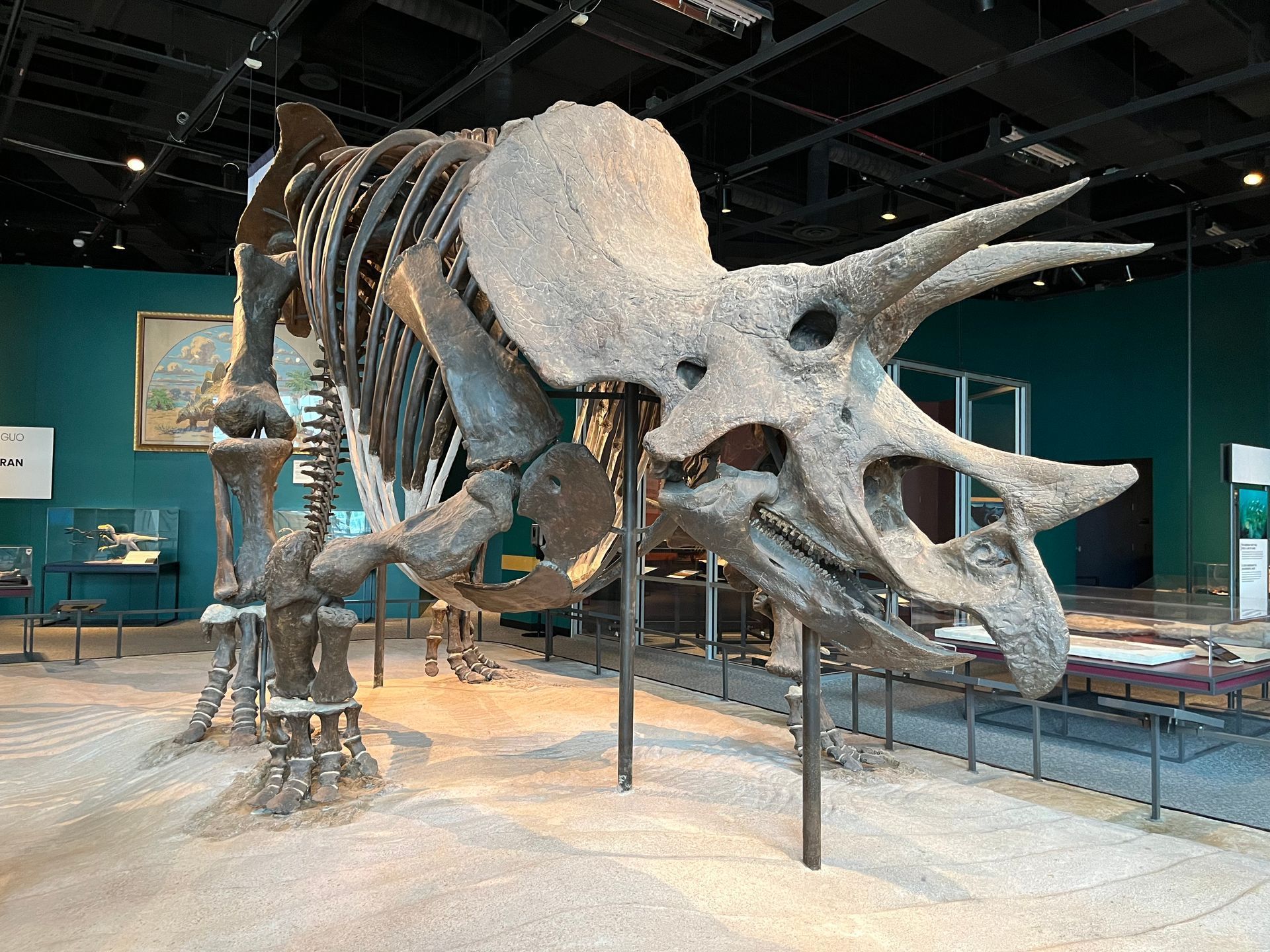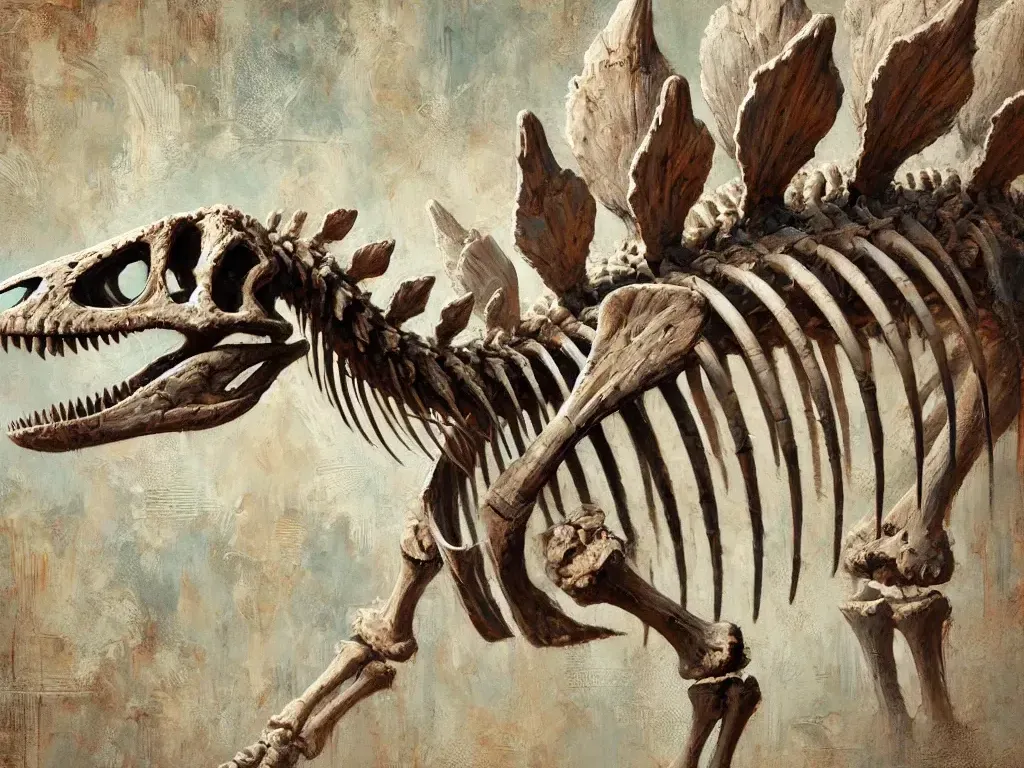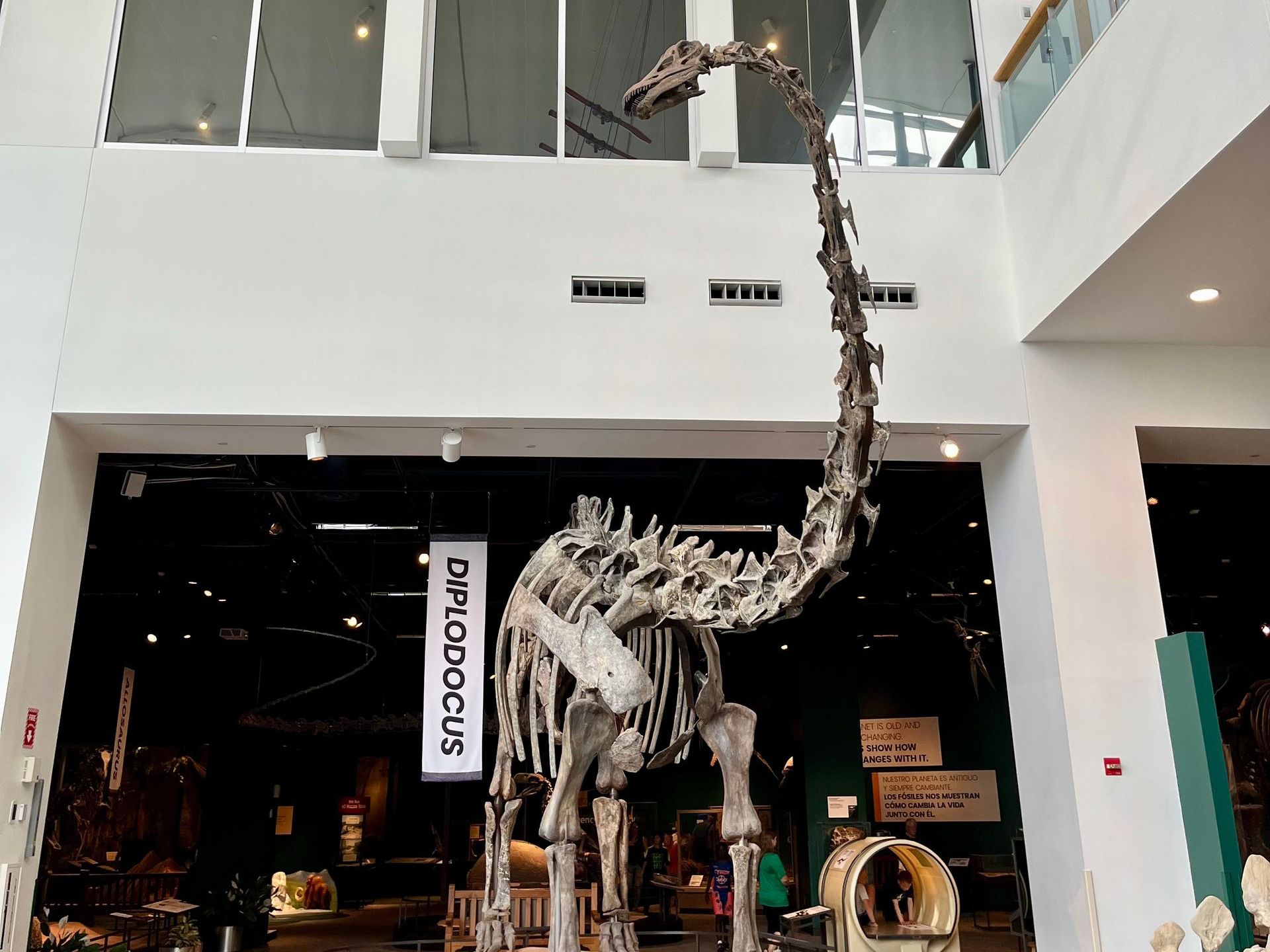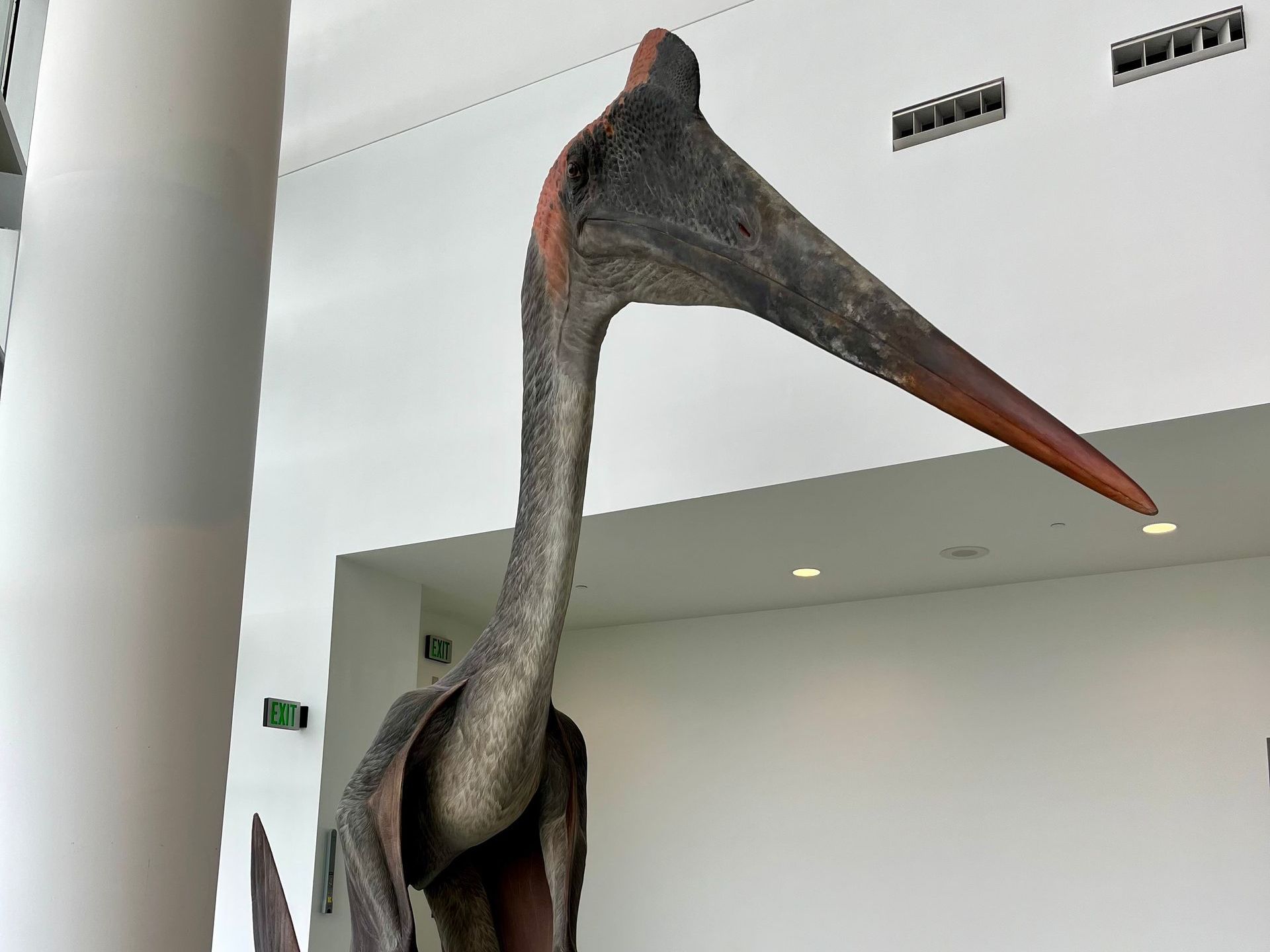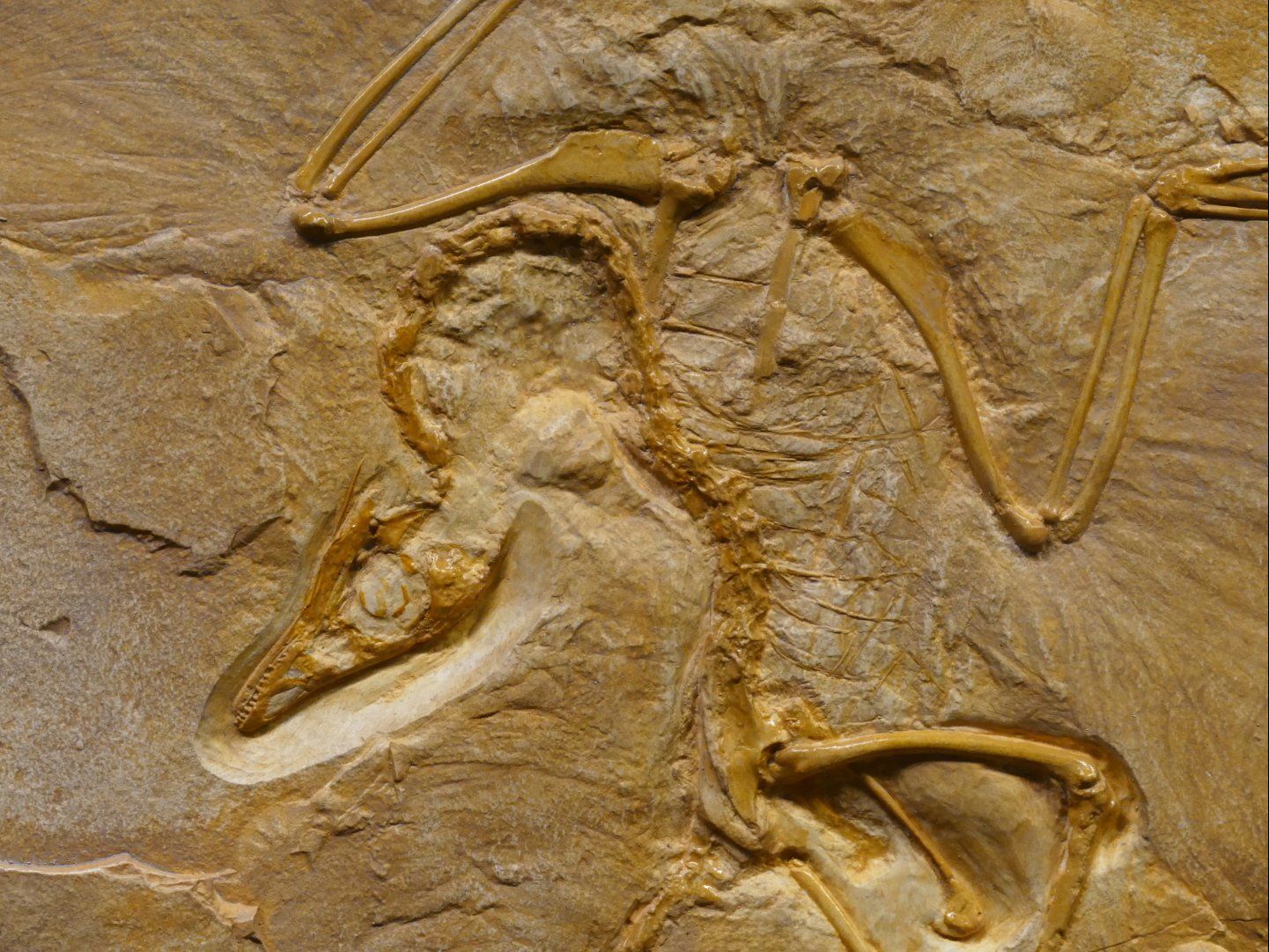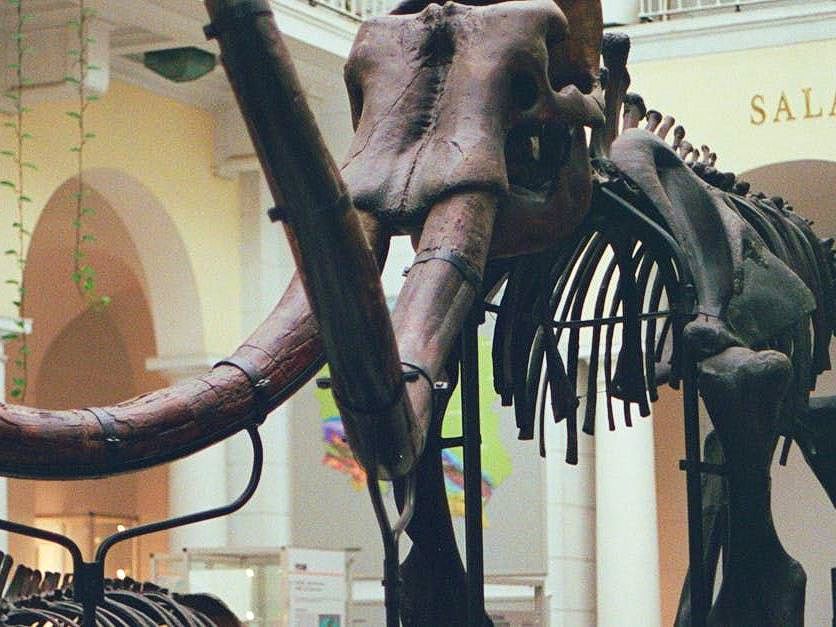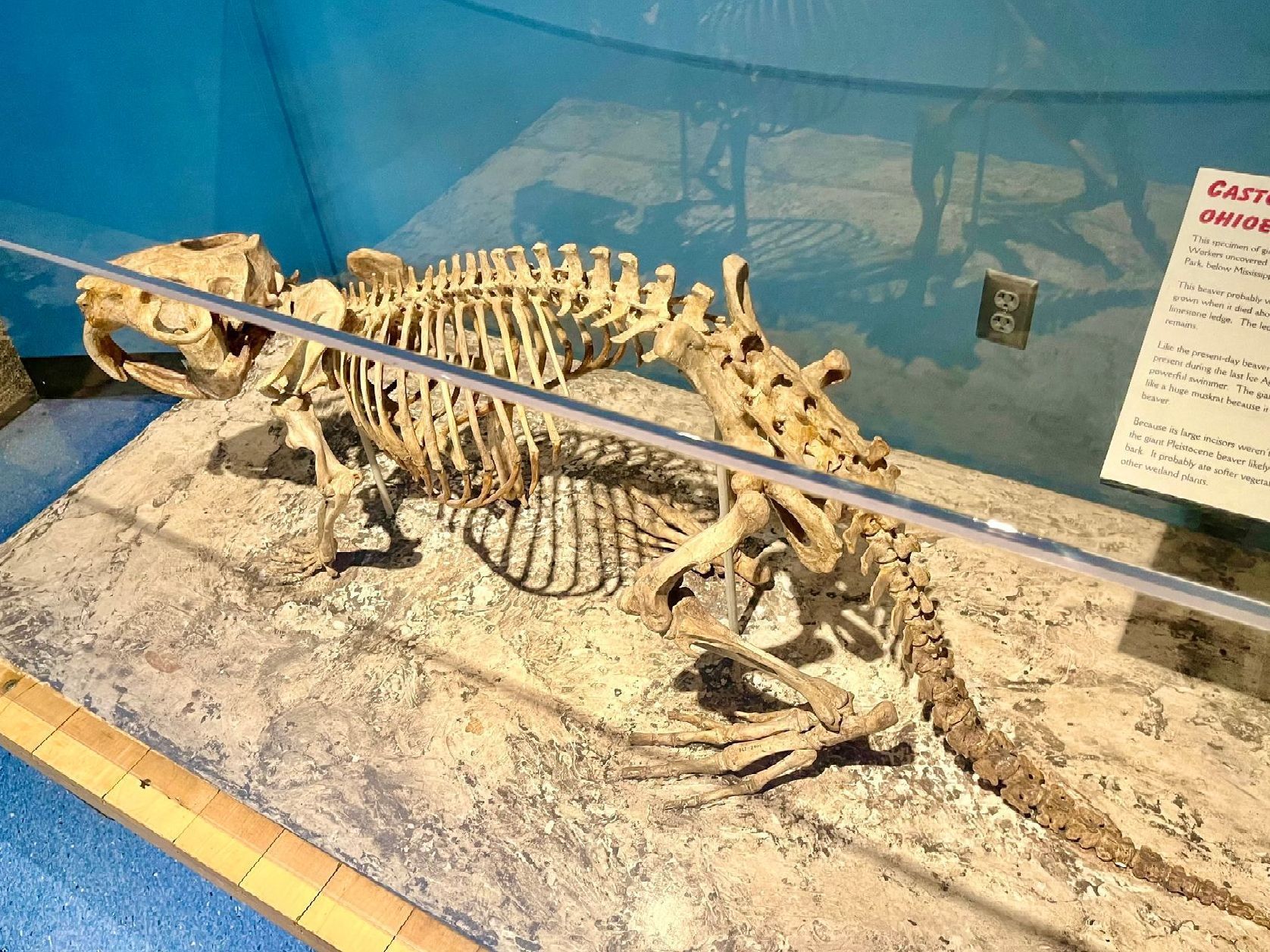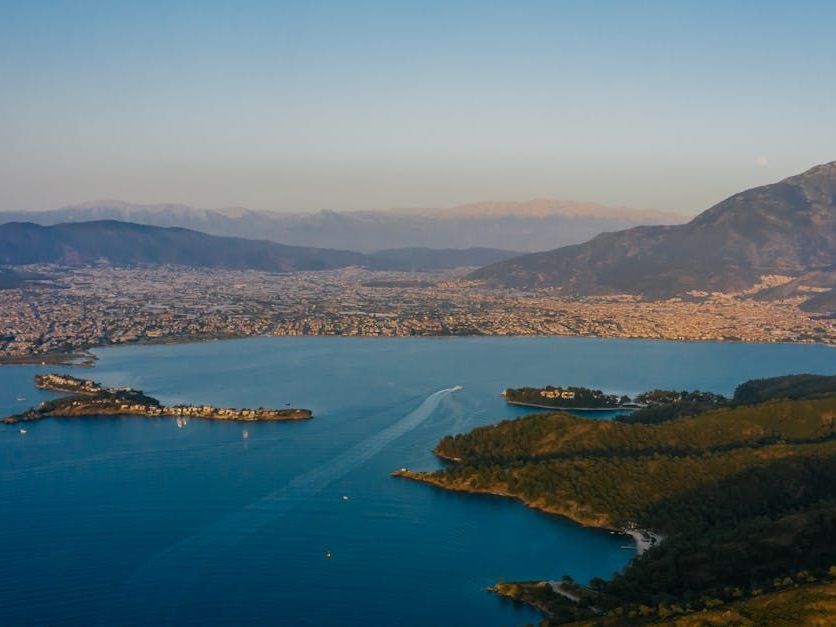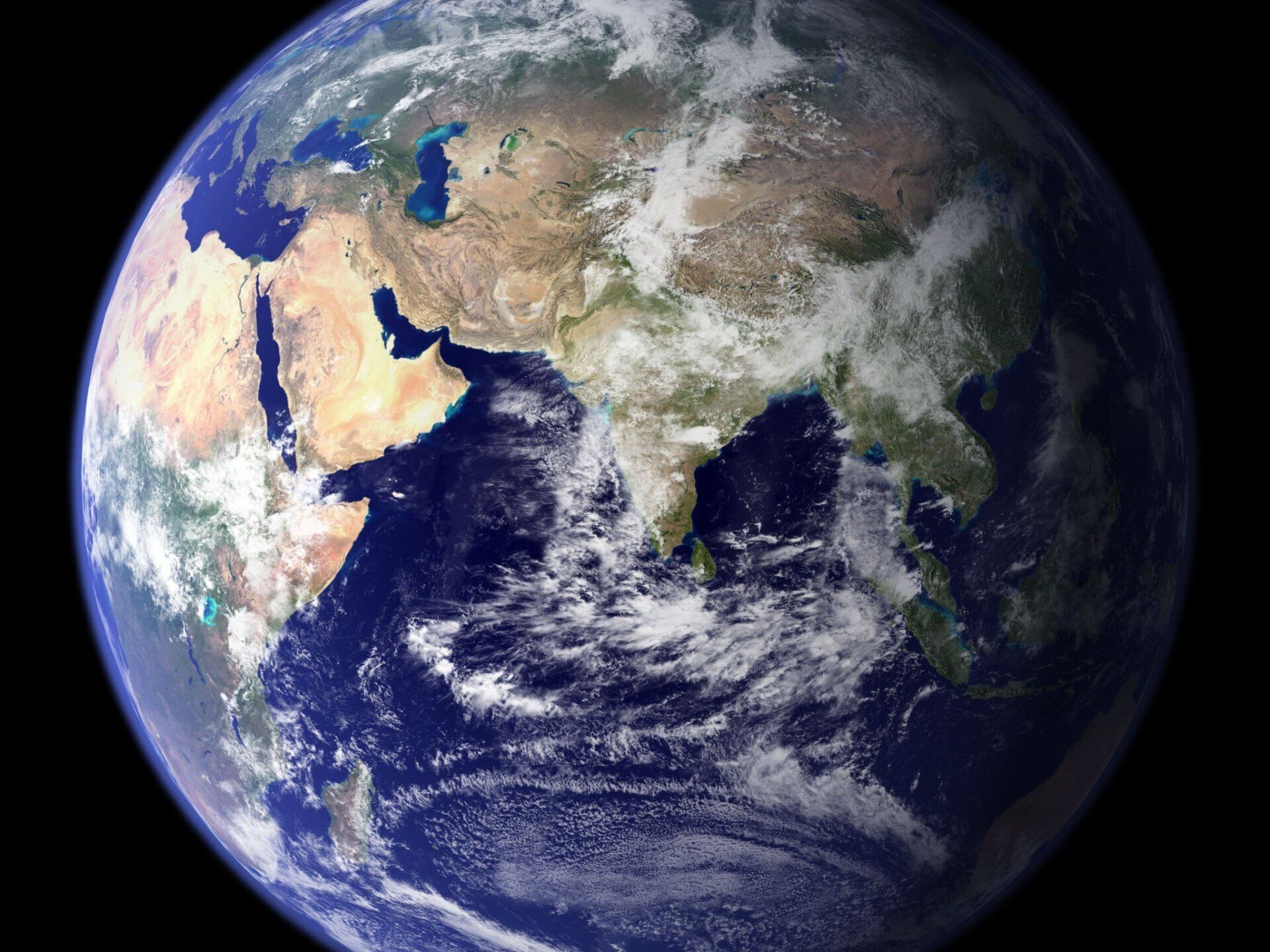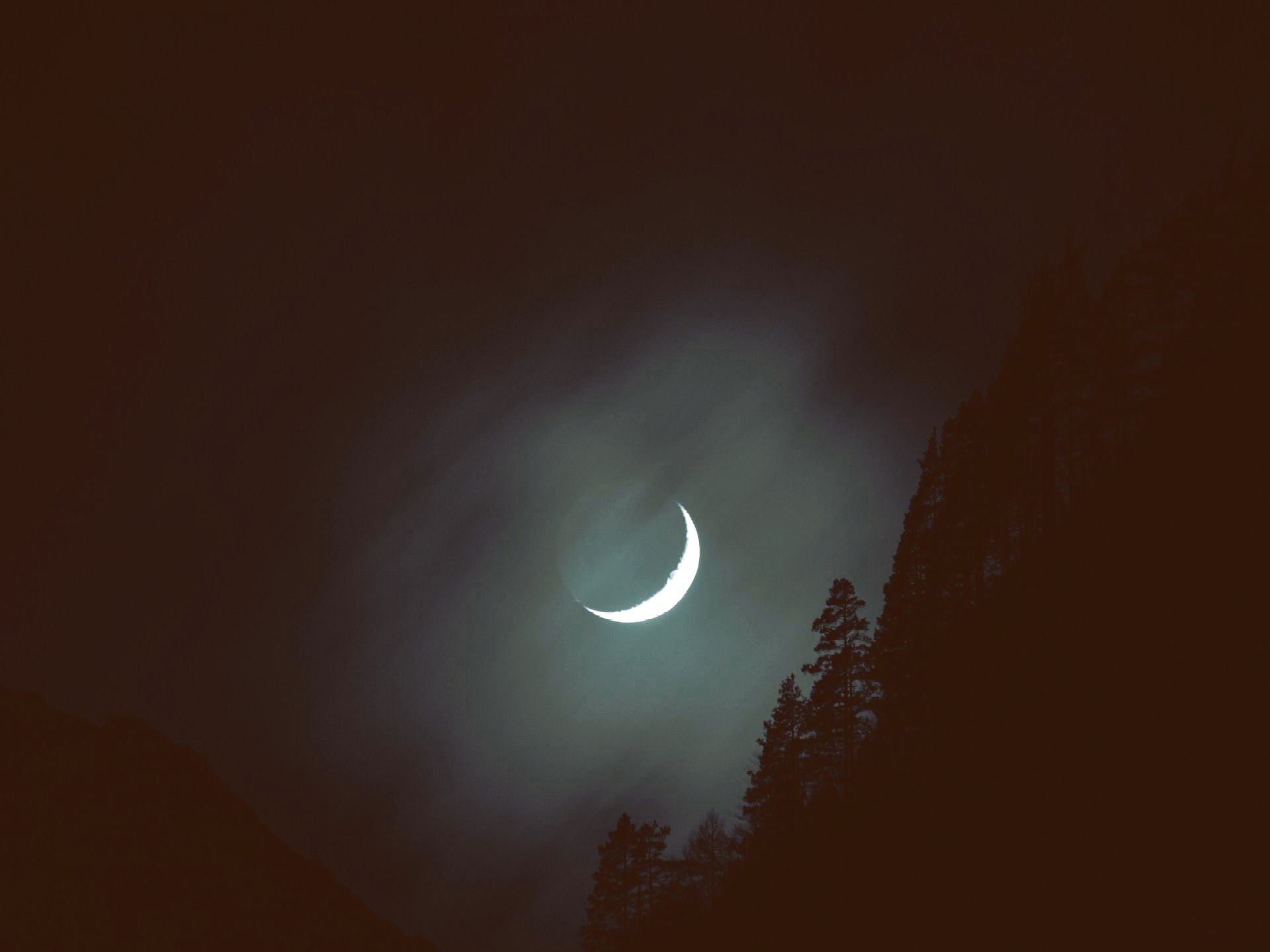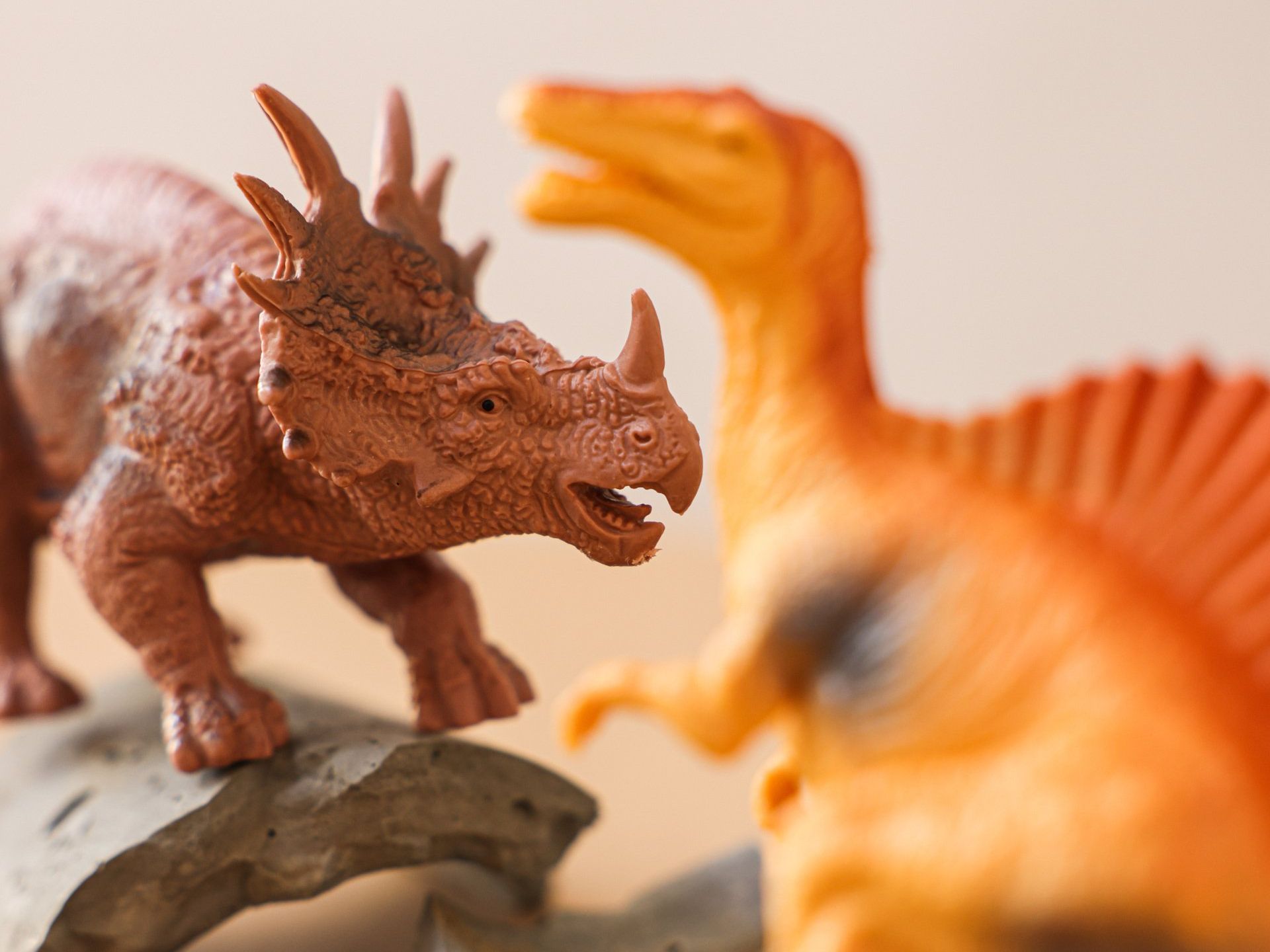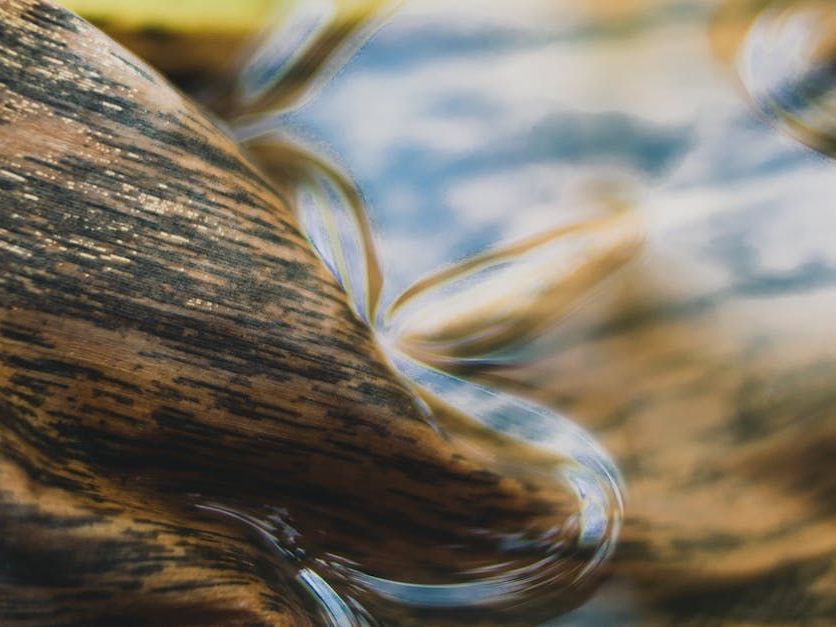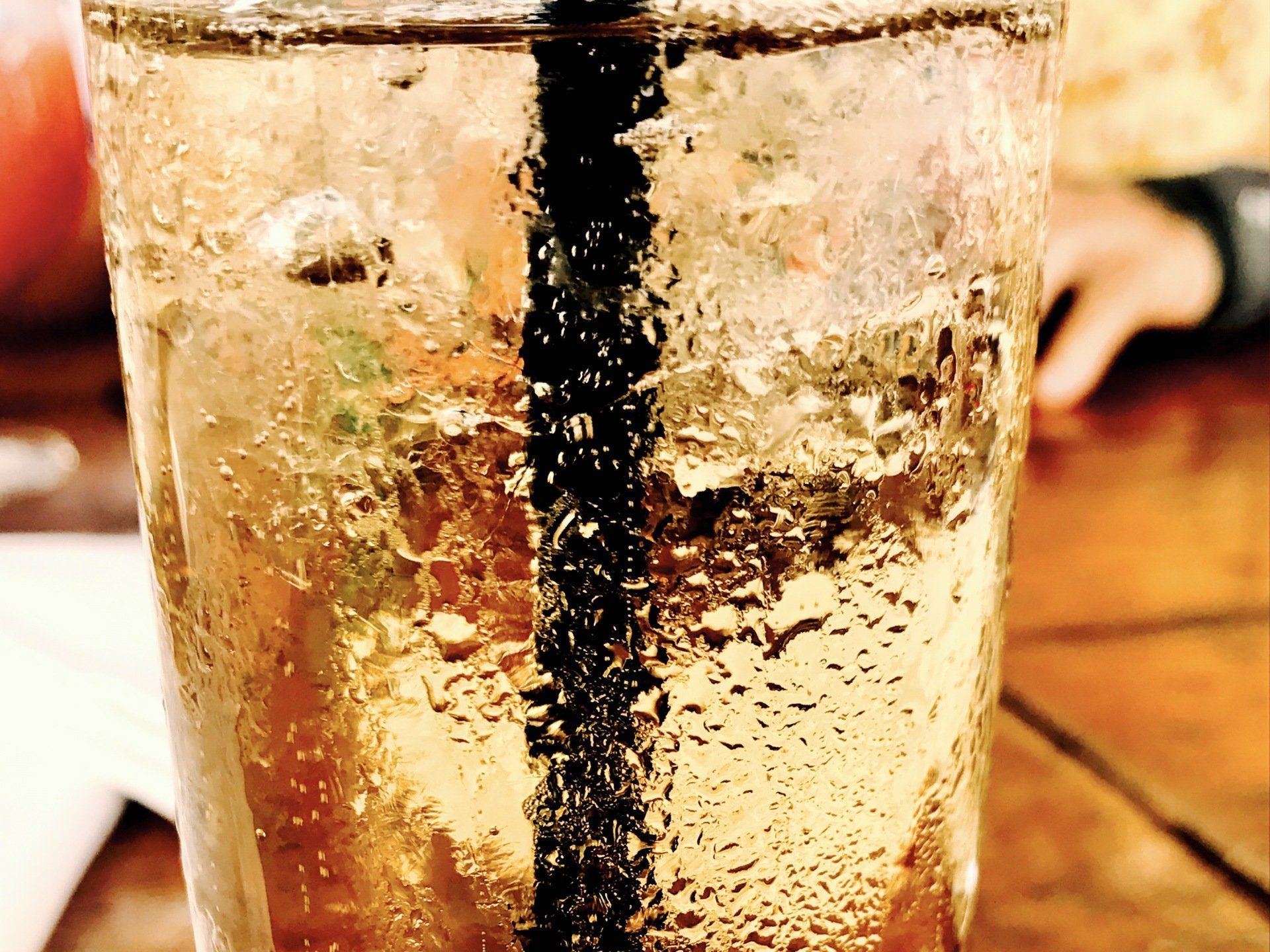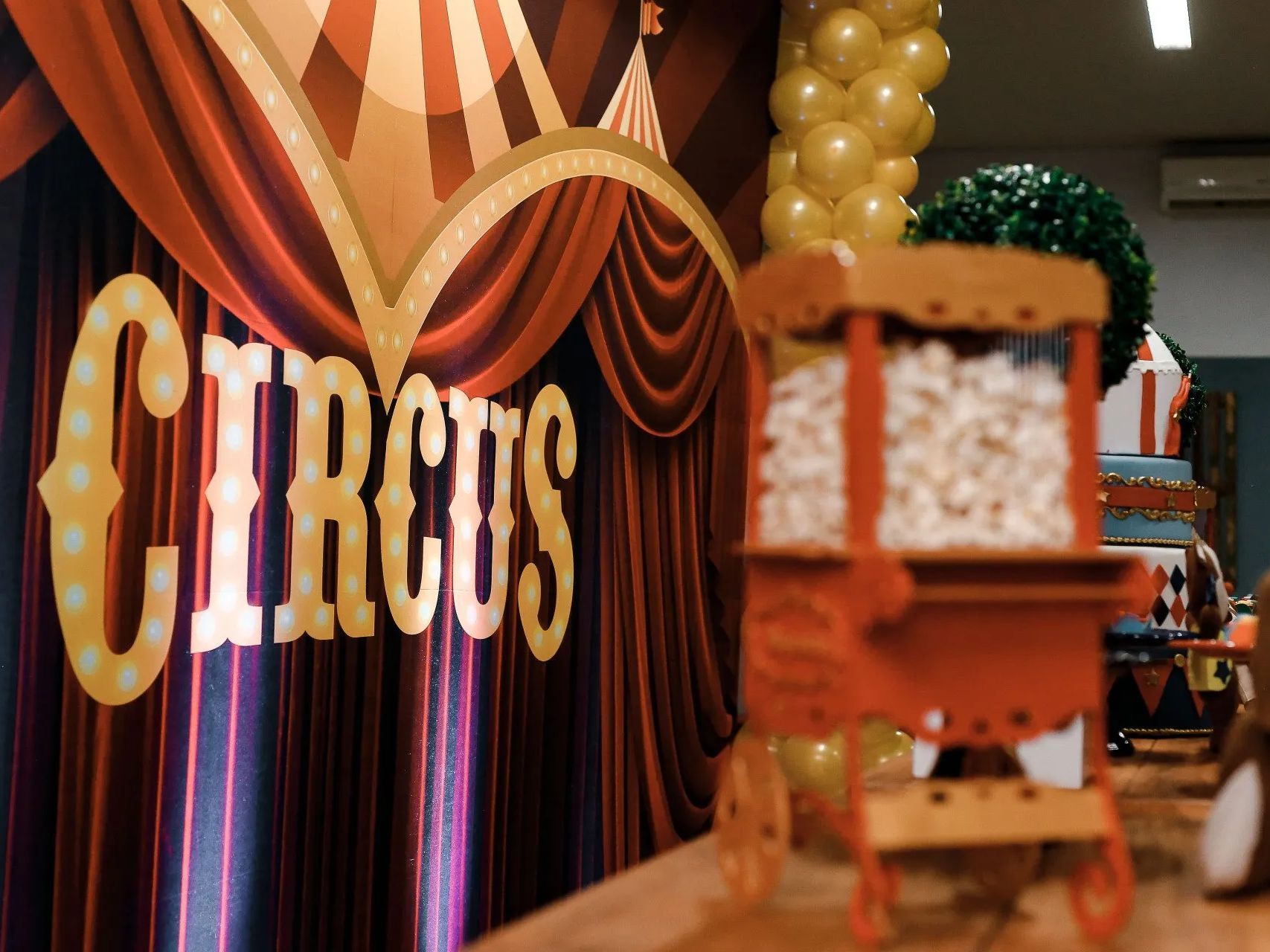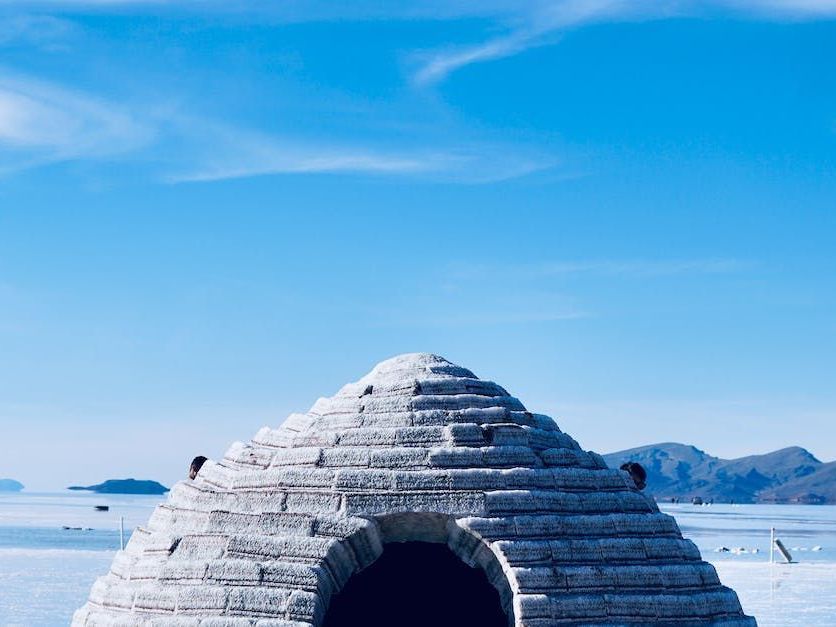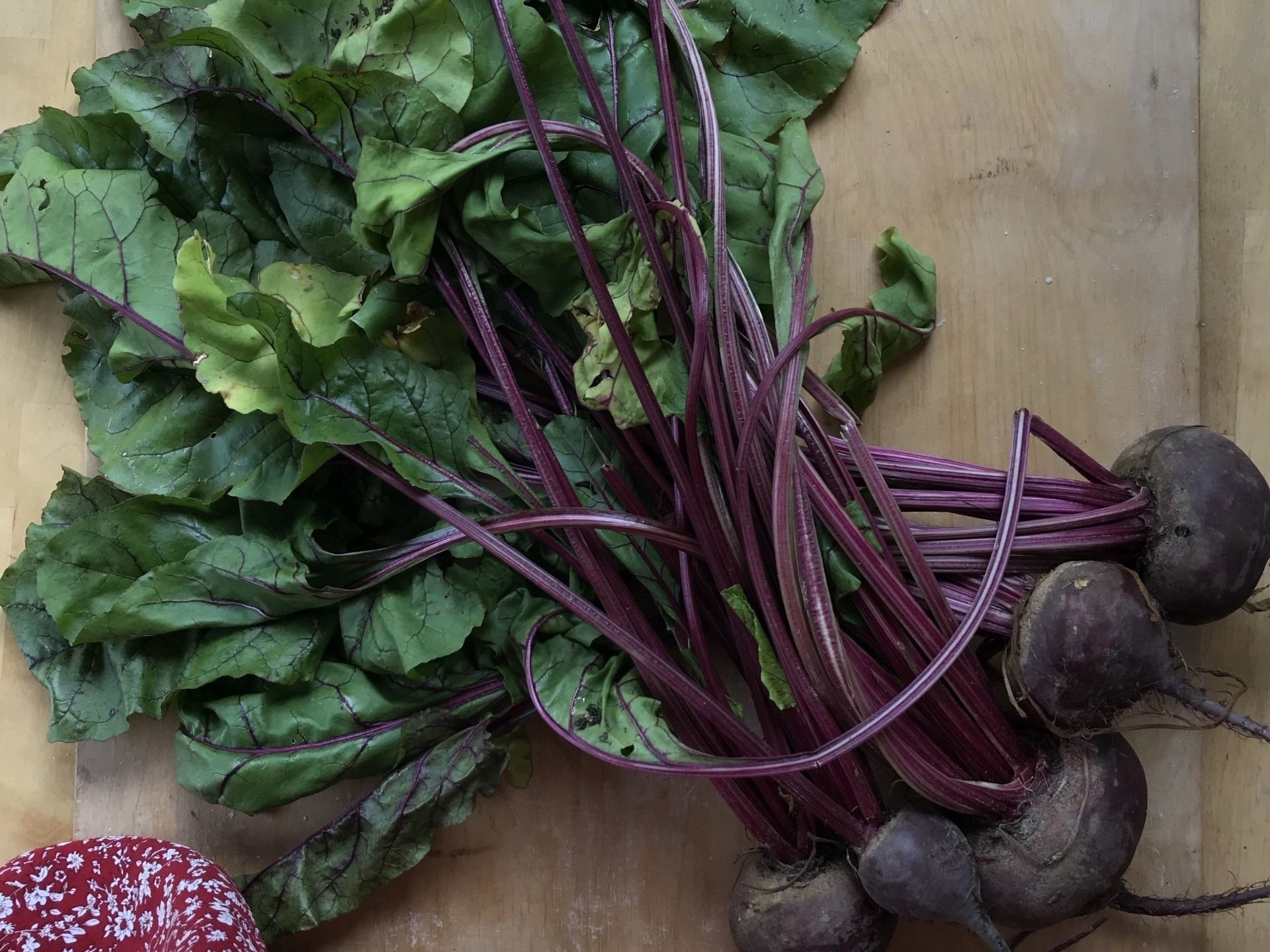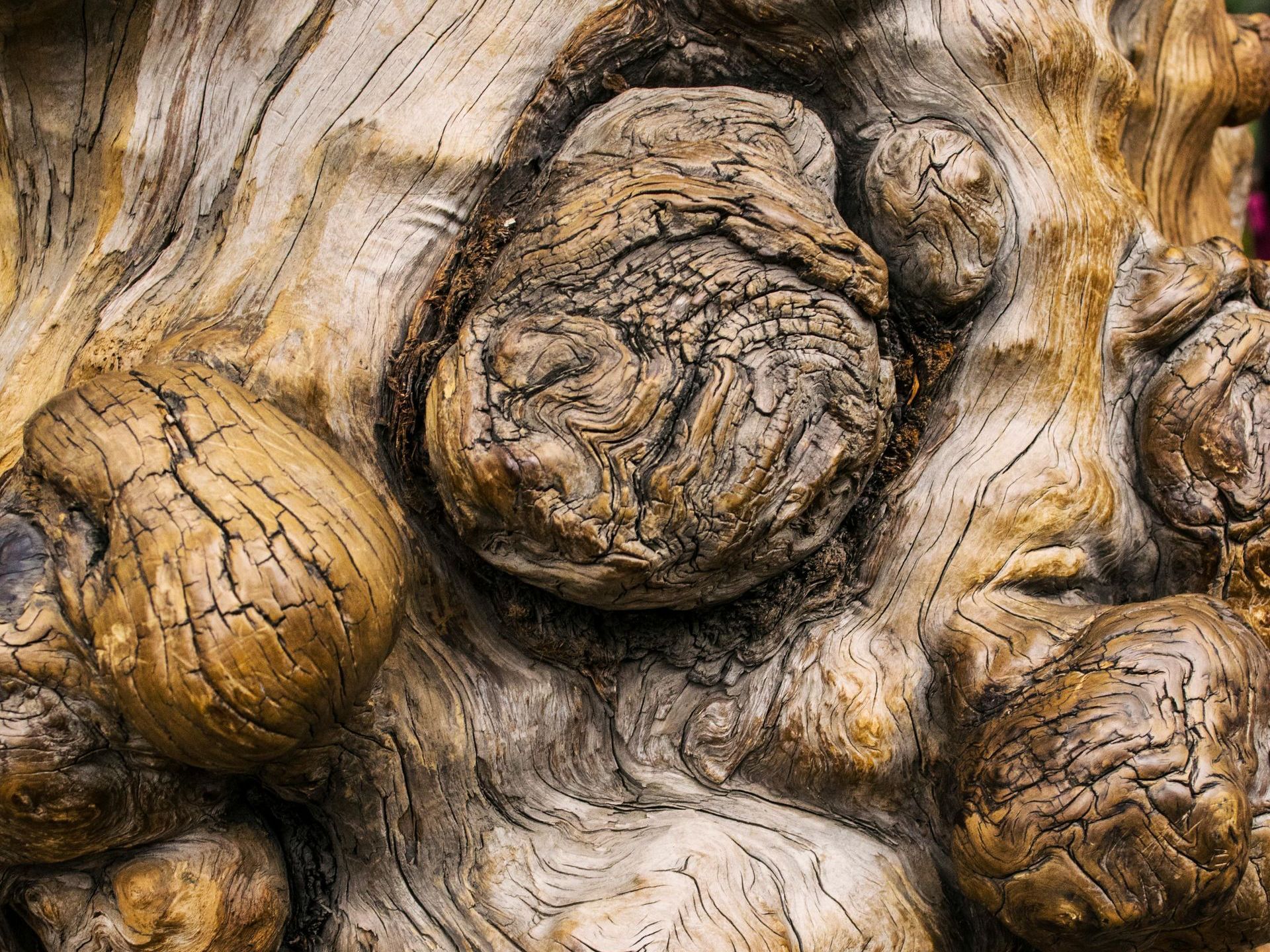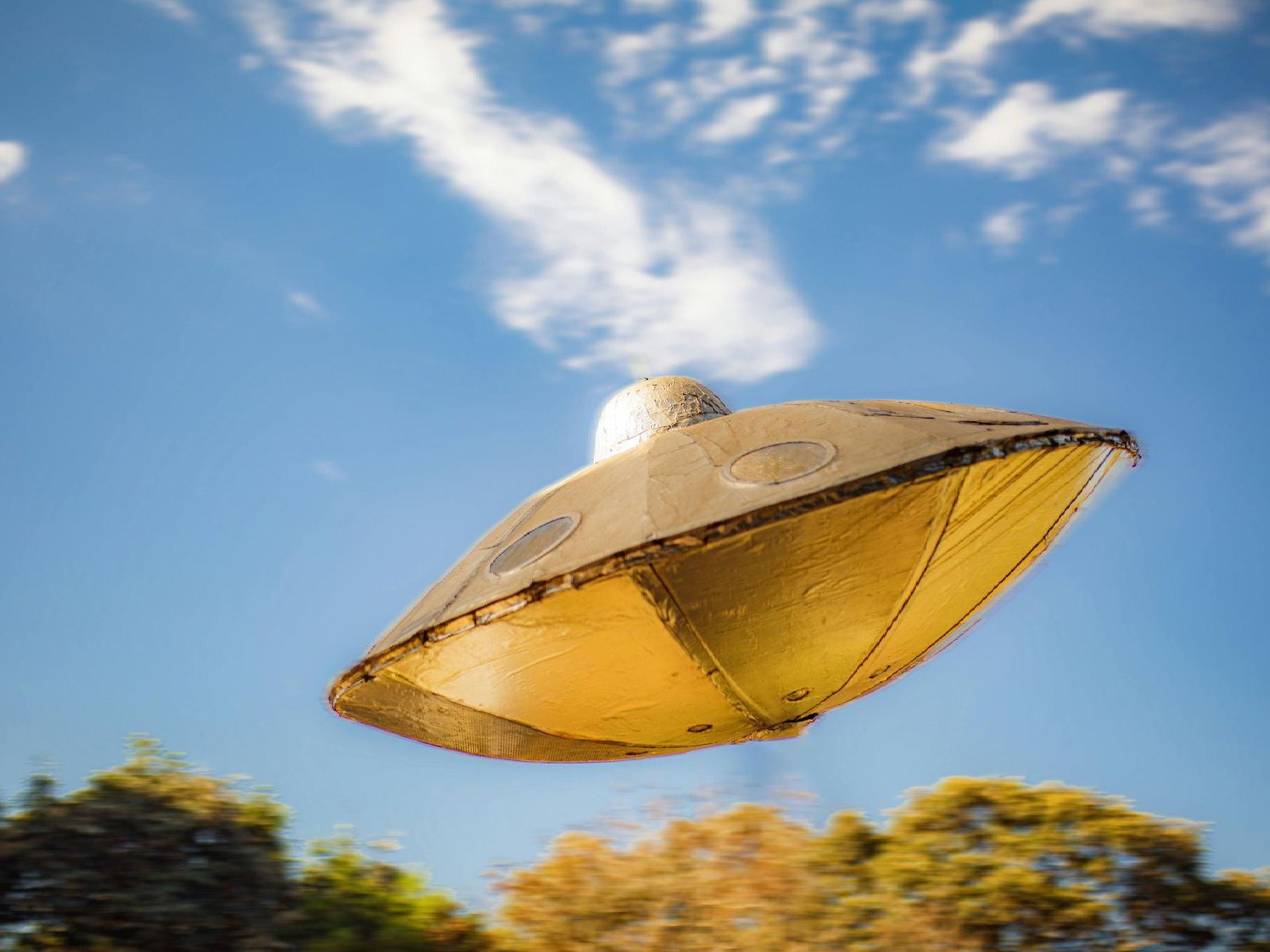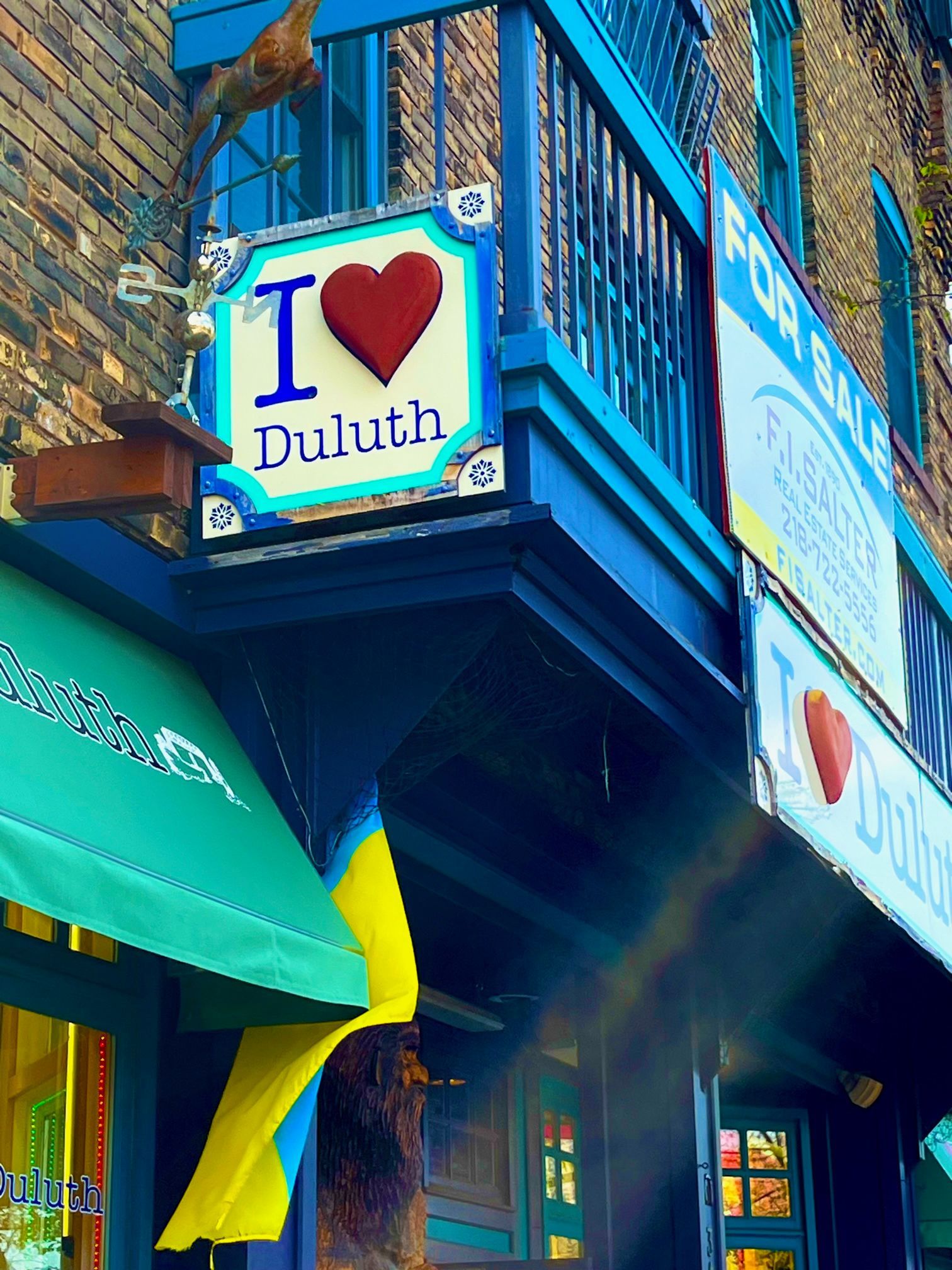giant beavers shared
the planet with our ancestors

Science Museum of MN
Triceratops
Sketch🦖🌿 This slow-moving, beak-faced giant roamed western North America around 69 million years ago. It was the world's last known surviving dinosaur and had a trio of horns—hence its name, "three-horned face." 🤯 With a staggering 800 teeth, this herbivore could easily chew through the roughest plants. 😅
It lived during the late Cretaceous period.
REVIEW
What would it be like to meet a dinosaur like this in real life? Would you be scared or excited?
Stegosaurus
Curious Details🌿 This armored herbivore lived about 150 million years ago and was known for its rooftop of bony plates and a brain not much bigger than a walnut. 🧠✨ But don't let that tiny brain fool you—some scientists think it may have had an "auxiliary brain" to help coordinate its slow, lumbering movements. Found in the fossil-rich lands of Wyoming, this gentle giant munched on soft greens. It lived during the Jurassic and Early Cretaceous periods.
REVIEW
If you had a pet Stegosaurus, what would you feed it to keep it healthy and strong?
Diplodocus
🍃 Living in North America, this herbivore didn't chew its food—it simply swallowed plants whole. Scientists think it could stand and rear on its strong hind legs. With its towering neck, tail, and front legs shorter than the back, it holds the record for the longest dinosaur ever discovered, first unearthed in Colorado in 1877. It lived during the Jurassic period.
REVIEW
What was the longest dinosaur ever discovered?
Quetzalcoatlus
Taking to the skies of the late Cretaceous period, the Quetzalcoatlus was a sight to behold! 🦤🌤️ As the largest flying reptile creature ever discovered, it soared above prehistoric oceans, snatching up fish and crabs in a way reminiscent of a colossal stork. Standing as tall as a giraffe on land, this majestic flying reptile ruled the skies 67 million years ago. Imagine looking up and seeing the wingspan of this giant shadowing the ground! 🌍✨
REVIEW
How do you think life would be different if Quetzalcoatlus still existed today?
Bambiraptor
Meet the tiny terror of the Cretaceous, the Bambiraptor! 🦖🍂 This pint-sized predator roamed the earth 75 million years ago, hunting in packs and feasting on small mammals and reptiles. The discovery of its bones is a story of youthful curiosity: in 1995, a 14-year-old boy stumbled upon the fossil on his family's ranch in Montana—and voila, a new species was identified!
REVIEW
Imagine you're a time-traveling explorer in the Cretaceous period and come across a pack of Bambiraptors. What do you think they might be doing? Are they playing, hunting, or something else?
Columbian Mammoth & the American Mastodon
Stepping back into the Ice Age, let's appreciate the majestic Columbian Mammoth and the mighty American Mastodon, ancient giants that once roamed the lands of Minnesota! 🐘❄️ Check out the Lyle Mammoth, proudly on display at the Science Museum Of MN, and marvel at the size of these creatures. Fun fact: humans arrived on the scene roughly 65 million years after dinosaurs went extinct; imagine sharing your backyard with them! 🌲🌎
Mammoths vs. Reptiles:
Mammoths were mammals, meaning they had fur, gave birth to live babies, and fed them milk—just like elephants, which are their closest relatives. They lived during the Ice Age and roamed in cold, grassy areas.
Dinosaurs, on the other hand, were reptiles that lived millions of years before mammoths. They laid eggs, had scaly skin, and lived during the Mesozoic Era (before the Ice Age).
So, while both mammoths and dinosaurs are extinct, they never lived at the same time!
REVIEW
Imagine living in Minnesota during the Ice Age, with mammoths and mastodons roaming around. What would you do if you saw one of these giants wandering through your neighborhood?
Giant Beaver
Giant beavers were mammals that lived during the Ice Age. Can you imagine a beaver as tall as an NBA point guard? 🏀🦫 Meet the colossal critter that once roamed Minnesota! Standing at a staggering 5 feet tall, this ancient animal lived through epochs but faced extinction about 10,000 years ago, a victim of climate change, habitat loss, and human hunting. If you're curious to see how grand this beaver was, swing by the Science Museum Of MN for a peek into the past.
Fun Facts About Giant Beavers:
They were much bigger than modern beavers, growing up to 8 feet long and weighing around 200 pounds!
Unlike today’s beavers, they didn’t build dams or lodges. Instead, they likely lived in wetlands, similar to giant rodents.
They had huge teeth—about 6 inches long—which they used to chew on plants, but their teeth were shaped differently than modern beavers.
They went extinct around 10,000 years ago, possibly due to climate changes and competition for resources.
REVIEW
What do you think it would be like to live alongside giant beavers like the ones that lived in Minnesota long ago?
Chicxulub Crater
66 million years ago, an event that would forever alter the course of life on Earth occurred: an asteroid crashed into what is now the Yucatan Peninsula in the Gulf of Mexico, creating the Chicxulub Crater. The aftermath was apocalyptic—debris clouded the skies, sunlight was blocked, and temperatures plummeted by 50 degrees, leading to the extinction of 75% of life, including the dinosaurs. 🌑🦕 In 2016, scientists retrieved asteroid dust from this ancient scar beneath the Gulf of Mexico's floor, giving us a glimpse into our planet's dramatic history. Also known as the Ring of Cenotes (Cenote means a deep sinkhole in limestone with a pool at the bottom), this site is as beautiful as it is pivotal to understanding Earth's story.
REVIEW
How do you think the world would be different today if the asteroid hadn't crashed into Earth and caused the extinction of the dinosaurs?
Pangaea
Travel back 200 million years on the timeline, and you’ll find Earth looking quite different—the supercontinent of Pangaea! Imagine one massive landmass, surrounded by an enormous ocean, hosting the dinosaurs that left their fossils on all continents. 🌍🦖Despite the hot, dry climate with vast deserts, these prehistoric giants thrived long before the continents drifted apart. And here's a plot twist: dinosaurs didn't vanish with Pangaea’s breakup. That happened much later, 66 million years ago! The resilient frogs and salamanders, among others, witnessed the dawn of a new era, hopping and crawling into a future beyond the reign of the dinosaurs.
REVIEW
How do you think life on Earth would be different if Pangaea hadn't broken apart and the continents remained one giant landmass?
a Jurassic
marvel

Kid Questions 🤔
Why are there bubbles in my water glass after sitting out?
🤔The mystery is all in the science! As water sits and warms to room temperature, 💧dissolved gases trapped inside start to escape, forming tiny bubbles on the sides of your glass. It's just nature's way of having a little fizz without the soda!
REVIEW
💧 Why do tiny bubbles form on the side of your glass when the water warms up to room temperature?
Why is the moon low in the sky?
Caught the moon hanging low in the sky and felt like it was playing hide-and-seek with us? ✨ Well, here's a cool lunar fact: just like the sun, the moon rises and sets every day. 🌜During early summer, while the sun takes the high route across the sky, the moon does the opposite and rides low. This celestial dance is all thanks to Earth's tilt and the way it orbits the sun. So next time you see the moon staying low, you'll know it's just following its unique path in the vast sky!
REVIEW
🌜Why does the moon sometimes seem to stay low in the sky during early summer?
Who would win a battle between Tyrannosaurus Rex and Triceratops?
Imagine a showdown from the prehistoric past: Tyrannosaurus Rex vs. Triceratops! 🦖 While T-Rex might seem like the ultimate predator with its towering height and fearsome jaws, don’t count Triceratops out. This three-horned warrior had a trick up its sleeve (or should we say, on its face). With a powerful charge, 🦕Triceratops could knock a T-Rex off its feet! And once the king of dinosaurs was on its back, it might just be game over.
REVIEW
🦕 Why would Triceratops have a better chance of winning?
Where does our drinking water come from?
🤔In Minnesota, our drinking water is on quite the underground journey before it quenches our thirst! It's sourced from aquifers - natural, subterranean storage spaces in rock that hold💧groundwater. These hidden treasures are like Earth’s own water bottles, and with a little help from pumps, this vital resource makes its way to our homes. So next time you fill up a glass, remember the amazing natural system that’s working to keep you hydrated!
REVIEW
💧Where does Minnesota's drinking water come from before it reaches our homes?
Why do we burp?
🐸 Burping is just your body's way of saying, 'Excuse me, but I've got some 😅extra air to release!' When we eat or drink, we often swallow a bit of air, too. And if you love fizzy drinks, those bubbles are like a VIP pass for gases to a party in your stomach. When the party's over, they need to exit the way they came in - and that's when you burp! So, it's all-natural, folks. Let's embrace the burp!
REVIEW
😅 Why do we burp after drinking fizzy drinks or eating quickly?
🐸 Burping is just your body's way of saying, 'Excuse me, but I've got some 😅extra air to release!' When we eat or drink, we often swallow a bit of air, too. And if you love fizzy drinks, those bubbles are like a VIP pass for gases to a party in your stomach. When the party's over, they need to exit the way they came in - and that's when you burp! So, it's all-natural, folks. Let's embrace the burp!
REVIEW
😅 Why do we burp after drinking fizzy drinks or eating quickly?
Who was the first bowler?
🎳 Did you know that the earliest form of bowling dates back to ancient Egypt? Imagine pharaohs enjoying a game not too different from our modern-day bowling. Archaeologists discovered wall drawings in a royal tomb showcasing a game strikingly similar to bowling. It's fascinating to think that as early as 3200 BC, stone balls were rolled in lanes to knock over objects - the original strike!
🏺 Unearthed Egyptian relics show us that bowling has been a pastime for millennia; ancient pins and balls were found in a grave from 3200 B.C.
REVIEW
🎳 Where did this bowling originate?
Where did the circus come from?
Step right up and explore the fascinating history of the circus! 🎪 Originating in Ancient Rome, circuses were grand amphitheaters named after the Latin word for 'circle.' Fast forward to 18th-century London, where Philip Astley, a former equestrian riding teacher, revolutionized entertainment by founding the modern circus. Philip Astley dazzled audiences with a show featuring trick horseback riders, live music, and, later, acrobats and clowns in a circular amphitheater. As we celebrate the evolution of this spectacular form of entertainment, we also acknowledge the changing times. Modern circuses have phased out the use of elephants, lions, and other
animals for the animal's wellbeing. 🐘🦁 Did you know? The Shrine Circus, established in 1906 in Detroit, Michigan, was created to bring joy and warmth during the chilly season. ❄️🎭
REVIEW
🤹♂️ Who started the modern circus, and what unique features did it include?
Who made the 1st igloo?
❄️ Did you know the word 'igloo' means 'house' or 'shelter'? 🏠 Indigenous people from the Arctic regions like Canada, Greenland, and Alaska ingeniously crafted igloos out of snow and ice. These domed structures served as vital protection against the harsh cold during hunting expeditions. The design of igloos showcases the resourcefulness and adaptability of these communities in the challenging Arctic environment. Let's appreciate and respect these incredible cultural practices that have stood the test of time! 🌍✨
REVIEW
❄️ What does the word 'igloo' mean?
Beets
🌍 These veggies evolved from a prehistoric African root vegetable along the Mediterranean shores. 🌿🔬In 1747, Chemist Andreas Sigismund Marggraf discovered how to extract sugar to produce sucrose from the beet. Today, a surprising 20% of our sugar supply is sourced from sugar beets.🍬🌱 Did you know that President Thomas Jefferson was a beet enthusiast? He cultivated these earthy gems at his home in Virginia.🏡
REVIEW
🌱 Which continent is the origin of beets?
🍬What sweet food comes from beets?

What is burl wood?
Burl wood comes from trees that have lumps or knots called burls.
A burl grows on a tree when it’s under stress, such as from injury, disease, or bugs. It’s like a tree scar that keeps growing over time.
Inside a burl, the wood grows in crazy swirls and patterns instead of straight lines, making it look very unique!
Why is Burl Wood Special?
The swirly patterns in burl wood make it beautiful and one-of-a-kind.
It’s often used to make fancy furniture, bowls, and decorations because of its artistic look.
It’s harder to find than regular wood, so people consider it more valuable.
Is Burl Wood Worth More?
Yes! Burl wood is usually more valuable than regular wood because:
Unique patterns make each piece special.
It’s rarer since not every tree has a burl.
It’s tricky to work with, making burl wood items more like art than furniture.
Activity: Burl Hunt
Look for pictures of burl wood online or find trees with bumpy lumps in nature. Try to guess how the patterns inside might look!
Draw or paint your own "burl pattern" with swirls and loops.
Why It Matters
Learning about burl wood helps us see how nature creates amazing and unexpected things that people treasure!
What is a UFO?
What Does UFO Mean?
UFO stands for Unidentified Flying Object.
It’s something flying in the sky that people see but can’t immediately explain.
What Could a UFO Be?
Sometimes, UFOs turn out to be:
Airplanes flying at odd angles.
Weather balloons collecting information.
Drones or satellites.
Bright stars or planets that look unusual.
But sometimes, people don’t know what they are, which makes UFOs mysterious and exciting!
Are UFOs Aliens?
Some people wonder if UFOs are spaceships from other planets. This is a fun idea, but:
Scientists have no proof that UFOs are aliens.
Most UFO sightings are later explained as things we know from Earth.
Why Do We Study UFOs?
Governments and scientists study UFOs to:
Keep the skies safe.
Learn more about weather, space, and technology.
Solve mysteries!
Activity: Spot the UFO
Imagine you saw a UFO. Draw a picture of what it looked like.
Write a short story about where you think it came from and what it might be.
Why It Matters
Studying UFOs helps us stay curious about the world around us and reminds us there’s always more to learn!
Beets
🌍 These veggies evolved from a prehistoric African root vegetable along the Mediterranean shores. 🌿🔬In 1747, Chemist Andreas Sigismund Marggraf discovered how to extract sugar to produce sucrose from the beet. Today, a surprising 20% of our sugar supply is sourced from sugar beets.🍬🌱 Did you know that President Thomas Jefferson was a beet enthusiast? He cultivated these earthy gems at his home in Virginia.🏡
REVIEW
🌱 Which continent is the origin of beets?
🍬What sweet food comes from beets?
The information on this website or books for Amy Monroe Author is not intended or implied to be a substitute for primary education or for professional medical advice, diagnosis, or treatment. All content, including text, graphics, images, and information contained in or available through her books, daybooks, website, or social media, are for general information purposes only. Amy Monroe makes no representation and assumes no responsibility for the accuracy of the information contained in or available through her books or website. Such information is subject to change without notice. You are encouraged to confirm any information obtained from or through her books and website with other sources and review all information regarding any medical condition or treatment with your physician. All artwork is copyrighted and property of Amy Monroe. Unauthorized use is prohibited.


